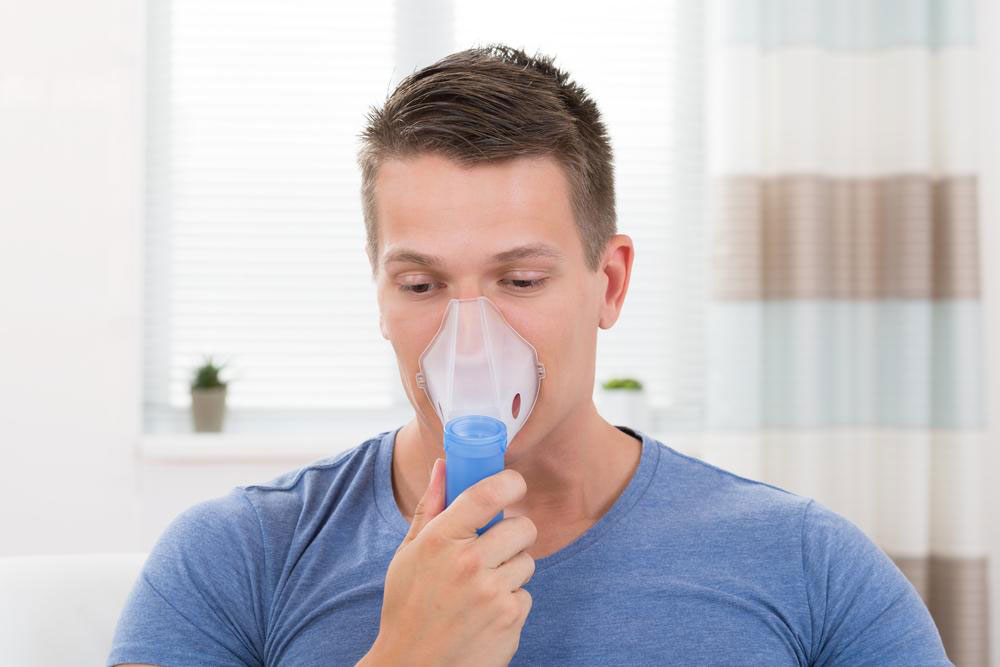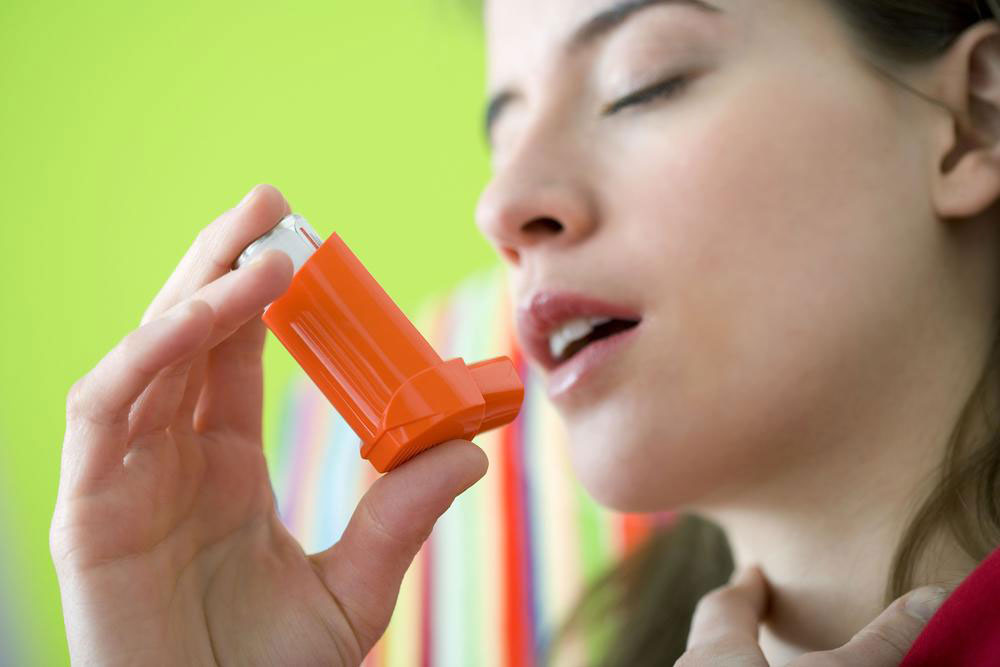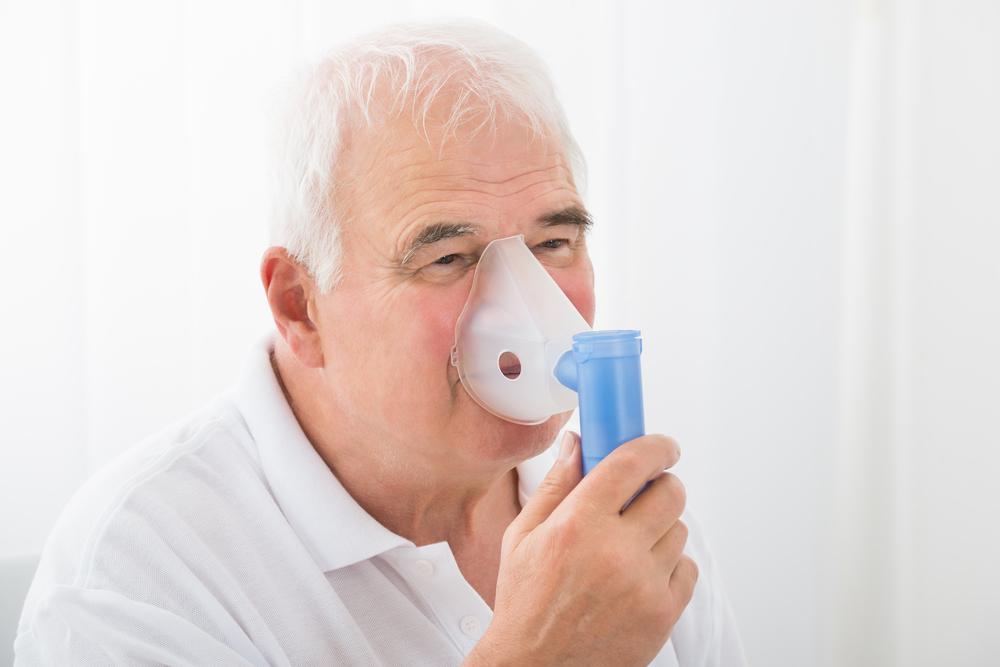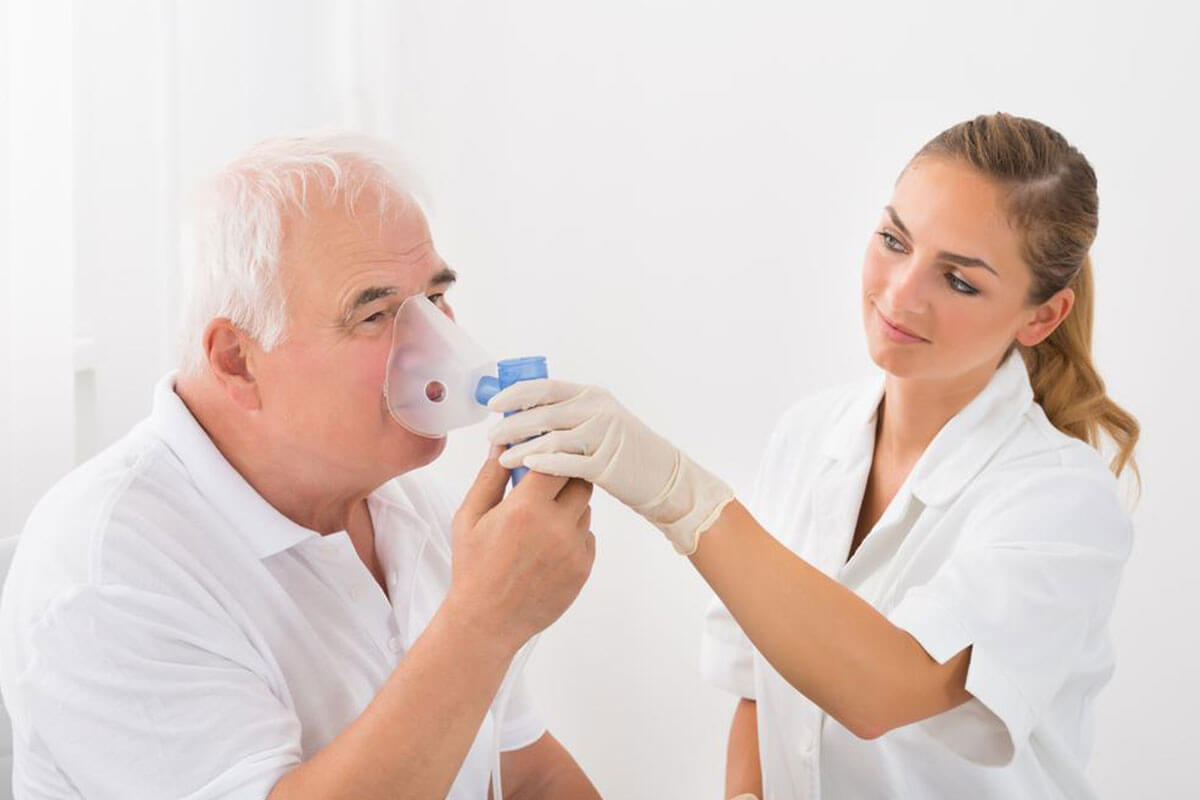Advanced Oxygen Therapy Strategies to Manage COPD Effectively
Explore the latest strategies and devices in oxygen therapy to enhance COPD management. From conventional devices to advanced systems, learn how proper application and monitoring can improve patient outcomes and quality of life. This comprehensive guide covers safe practices, innovative technologies, and the importance of multidisciplinary care in COPD treatment.

Optimizing COPD Treatment Through Effective Oxygen Therapy
Chronic Obstructive Pulmonary Disease (COPD) is a complex and progressive respiratory condition that impacts millions worldwide. Over the past six decades, oxygen therapy has emerged as a cornerstone in the management and treatment of COPD, offering patients significant relief from symptoms and improving overall quality of life. The advancement in oxygen delivery systems, combined with a deeper understanding of patient needs, has transformed the way clinicians approach COPD care. This comprehensive guide explores the latest in oxygen therapy techniques, devices, safety protocols, and their role in enhancing COPD management.
Oxygen therapy involves supplying supplemental oxygen to patients whose blood oxygen levels are abnormally low, a condition known as hypoxemia. COPD often leads to persistent hypoxemia due to damaged lung tissues, which hampers oxygen absorption. Effective oxygen therapy can mitigate this deficiency, improve exercise tolerance, lessen fatigue, and prevent severe complications including cor pulmonale or right-sided heart failure. This therapy plays a crucial role not just in symptom management but also in prolonging survival among advanced COPD patients.
Modern oxygen therapy encompasses an array of devices such as oxygen concentrators, liquid oxygen systems, and portable cylinders, each tailored to meet individual patient needs. For home-based management, it's generally recommended that oxygen be administered for at least 15 hours daily, with some patients requiring continuous oxygen therapy around the clock. This continuous approach helps maintain optimal oxygen saturation levels between 88% and 92%, crucial thresholds that help avoid hypoxic complications. Regular monitoring through pulse oximetry ensures that oxygen flow rates are appropriately adjusted to maintain these targets.
Understanding the safe use of oxygen therapy is vital. Even modest increases in oxygen concentration pose fire hazards, underscoring the importance of proper handling protocols. Patients and caregivers should be thoroughly educated on device operation, fire safety, and emergency measures. Medical professionals often prescribe oxygen flow rates generally between 2 to 3 liters per minute via nasal cannula, but these settings can vary based on individual needs. During acute COPD exacerbations, healthcare providers may administer bronchodilators combined with oxygen at higher flow rates, such as 6 liters per minute, administered cautiously to avoid adverse effects like CO2 retention. Close medical supervision during such episodes ensures safe and effective treatment.
Recent innovations also include smart oxygen delivery systems integrated with digital monitoring features. These devices can automatically adjust flow rates based on real-time oxygen saturation readings, improving treatment precision and patient compliance. Telehealth platforms enable remote monitoring and support, providing patients and clinicians with continuous oversight of therapy adherence and effectiveness. Such advancements have significantly enhanced the quality and safety of COPD management at home and in clinical settings.
Comprehensive COPD management involves a multidisciplinary approach, with oxygen therapy being a critical component. Alongside pharmacological treatments, pulmonary rehabilitation, smoking cessation, and vaccination programs, oxygen therapy plays a vital role in curbing disease progression and improving life quality. As research advances, newer methods and devices are continually being developed, promising even better outcomes for COPD patients worldwide. Education about safe usage, regular monitoring, and personalized treatment plans are key to maximizing the benefits of oxygen therapy in COPD care.





